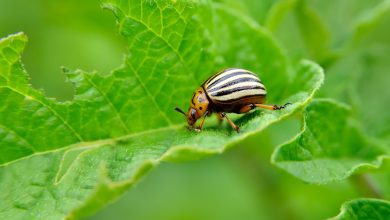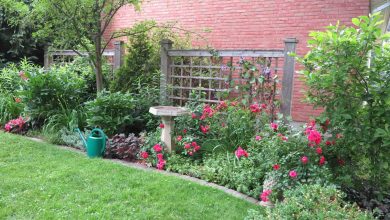Anthurium: [Cultivation, Irrigation, Care, Pests and Diseases]
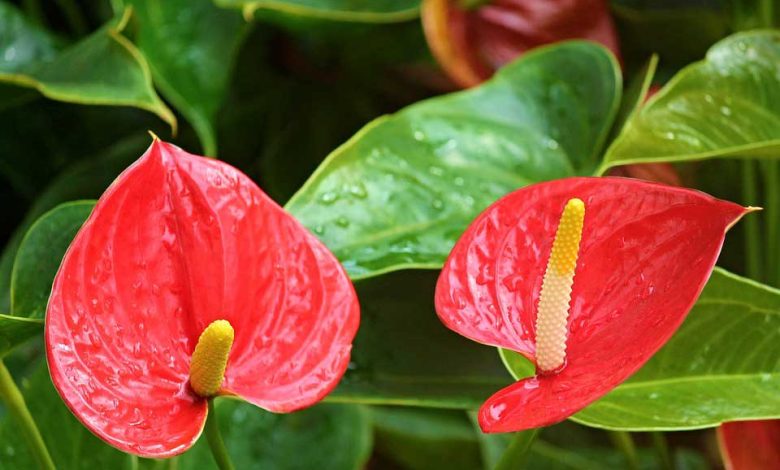
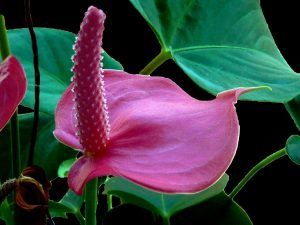 Anthurium is a plant native to the tropical and subtropical areas of Central and South America. They belong to the genus Anthurium which is extremely extensive as it consists of about 1500 species, and new ones are found every year.
Anthurium is a plant native to the tropical and subtropical areas of Central and South America. They belong to the genus Anthurium which is extremely extensive as it consists of about 1500 species, and new ones are found every year.
A large number of species are produced internationally as ornamental flowers and pot plants. Among the most cultivated are Anthurium andreanum and Anthurium scherzerianum.
It can be easily distinguished from other species by its cup-shaped inflorescence which can bloom all the time.
Important points when sowing anthurium:
- Scientific name: Anthurium andreanum.
- Common name: Anthurium, flamingo flower, tail flower.
- Height: 1.5 meters.
- Light Need: Shade.
- Temperature: Warm and temperate climates.
- Irrigation: Moderate.
- Fertilizer: Organic fertilizer.
What characteristics does the anthurium have?
Anthurium is an evergreen plant that grows on top of other plants using them as a support. It grows up to 1.5 meters high and produces 3 to 8 leaves for a whole year.
The roots are fibrous, fleshy and shallow. Its stem is thicker than the lateral branches; It is herbaceous in consistency during its early years but becomes semi-woody as it grows. Its leaves are annual, with alternate heart-shaped distribution, and are connected to the stem through long petioles.

Anthurium ‘s many tiny flowers are grouped in a spadix-shaped inflorescence that is covered by a large leaf called a spathe. These can have very colorful and diverse colors such as red, orange, pink, white or bicolor.
The fruits are small yellow or red berries that sprout from the spadix. Inside they house a couple of small yellow seeds.
When to sow the anthurium?
Anthurium can be grown throughout the year. However, it is recommended to avoid doing it during the winter or in the coldest months of the year.
Where to plant the anthurium?
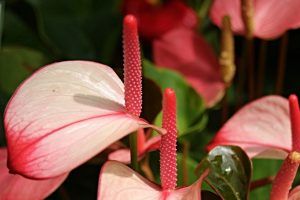 Anthurium grows wild, in shady environments, with poor air circulation, and in tropical forest conditions.
Anthurium grows wild, in shady environments, with poor air circulation, and in tropical forest conditions.
For the plant to grow properly, the environment must have a temperature between 26ºC and 30ºC, with a relative humidity of 80%.
An essential aspect for its cultivation is luminosity, which should not exceed 30,000 lux because its growth is reduced and discolorations or burns are born on the leaves. On the other hand, the plant will grow poorly at low exposure and flower production will be poor.
In general, it is recommended to locate them in places with a shade range between 50% and 90%. It can also be planted in places that are protected by black or silver mesh, especially on days of greater light intensity.
How to prepare the land?
The most important factor for anthurium cultivation is the balanced ratio between air and water so that its roots find enough space to spread. Soil porosity, aeration, moisture retention and good drainage should be encouraged.

For the cultivation of anthurium, substrates with a granular structure, abundant content of nutrients and organic matter, with a pH between 5 and 6, should be used. Generally, these conditions are achieved by means of artificial soils.

A good substrate is integrated in the following way:
- 2.5 parts of free land.
- 1 part moss or decomposed palm gut.
- 1 part peat.
- 1 part river sand.
- ¼ part charcoal.
It is recommended to mix all these elements evenly and have it ready 1 or 2 months before use.
How do we water the anthurium?
Anthurium irrigation can be done through mechanical and manual methods. It is recommended to use a drip or sprinkler irrigation system to maintain uniform and continuous irrigation, free of puddles.
How often do we water the anthurium?
When the anthurium crop has a drip irrigation system, it can be configured to apply 1 to 2 liters per hour. If it is watered manually, it is recommended to water lightly every 2 or 3 days.

Sprinkling should be increased during the hottest days or seasons, taking care not to saturate the substrate.
How to plant an anthurium step by step?
The propagation of the anthurium plant can be done by means of seeds, by division, by cuttings and by in vitro culture. The steps to cultivate by the simplest methods are shared below.
by children
The anthurium plant produces one to eight suckers per year. To be able to transplant them, you must wait eight months, when the sucker produces its first flower. Given these conditions, the following steps can be followed:
- Disinfect the roots of the plant in a fungicidal and bactericidal solution to protect it from diseases.
- Dig a hole deep enough so that the roots do not protrude from the substrate, but without covering the apex of stem growth.
- water abundantly
by cuttings
- Select the stem of an adult plant and cut a segment 5 or 7 centimeters long. This section must have 5 knots.
- Submerge the segment in a fungicidal and bactericidal solution to protect it from diseases. A rooting solution can also be applied to accelerate root growth.
- Sow the cutting horizontally at a shallow depth to avoid suffocation of the seedlings.
- Water abundantly and wait 40 to 60 days to transplant to the final place.
What care does the anthurium need?
Anthurium does not tolerate temperatures below 15ºC and above 30ºC. In the case of relative humidity, it must be kept in the ideal range, if it increases or decreases it can cause diseases.

This plant needs high amounts of nutrients during the growth period, especially magnesium and calcium. These requirements can be covered with organic fertilization every 3 or 4 months, or with chemical fertilization every 30 or 40 days.
What pests and diseases affect the anthurium?
Among the main pests that have been reported in anthurium crops are: mites (Tetranychus urticae), thrips (Frankliniella occidentalis), aphids (Myzus persicae, aphis gossypii), whiteflies (Bemisia tabaci), as well as snails and slugs.
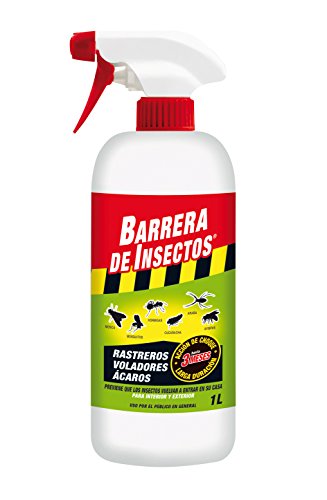
With regard to diseases, those caused by: the fungus Colletotrichum gloesporoides Penz, the Phytophthora and Pythium splendens; bacteriosis (Xanthomonas campestris), among others.
References
- https://www.revistaciencia.amc.edu.mx/images/revista/64_3/PDF/Anturio.pdf
- https://pcientificas.ujat.mx/index.php/pcientificas/catalog/download/107/98/384-1?inline=1
- http://repositorio.unas.edu.pe/bitstream/handle/UNAS/958/T.FRS-129.pdf?sequence=1&isAllowed=y
- https://www.redalyc.org/pdf/1932/193225911004.pdf
- https://www.anthura.nl/wp-content/uploads/2019/05/Manual-de-cultivo-Anturio-para-flor-corta_EN.pdf
- http://www.bainet-editorial.com/archivos/libros/plantas-de-interior-promo.pdf
- https://en.wikipedia.org/wiki/Anthurium

![Photo of How to Plant a Weeping Willow: [Complete Guide + Images]](https://www.complete-gardening.com/wp-content/uploads/2022/08/how-to-plant-a-weeping-willow-complete-guide-images-390x220.jpg)
